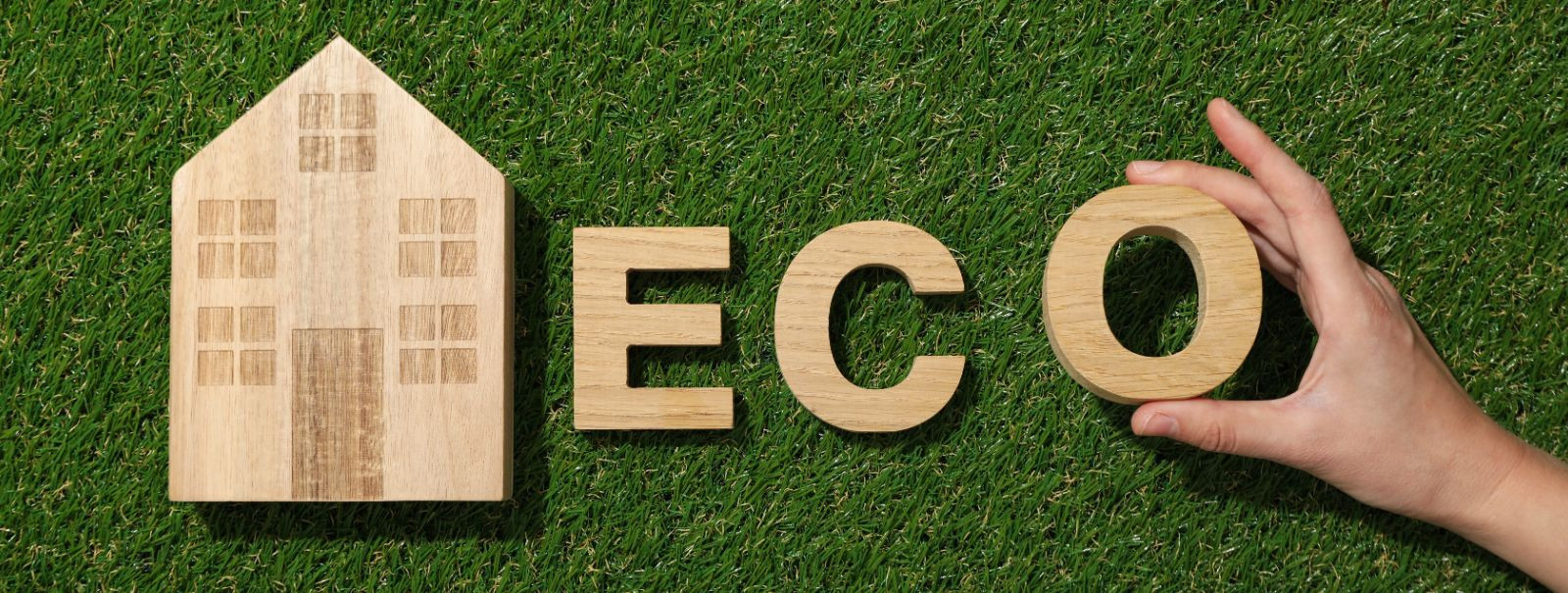Top 5 eco-friendly building materials
In an era where sustainability is more than just a trend, eco-friendly building materials have become a cornerstone of modern construction. These materials not only reduce the environmental impact of building projects but also offer numerous benefits in terms of energy efficiency, durability, and aesthetics. As more individuals and families seek to minimize their carbon footprint, understanding the options available for sustainable construction becomes crucial.
Benefits of Using Eco-Friendly Building Materials
Eco-friendly building materials offer a multitude of advantages. They help in reducing waste, conserving natural resources, and lowering energy consumption. Additionally, these materials often have a longer lifespan and require less maintenance, making them a cost-effective choice in the long run. By opting for sustainable materials, homeowners can also improve indoor air quality and create healthier living environments.
Top 5 Eco-Friendly Building Materials
Bamboo is a rapidly renewable resource, making it an excellent choice for sustainable construction. It grows quickly, reaching maturity in just three to five years, and can be harvested without causing damage to the plant's root system. Bamboo is incredibly strong and flexible, making it suitable for a variety of applications, from flooring to structural elements. Its natural aesthetic appeal also adds a unique touch to any design.
Recycled steel is a highly durable and versatile material that can be used in a wide range of construction projects. By using recycled steel, builders can significantly reduce the energy consumption associated with producing new steel. This material is also resistant to pests and fire, offering enhanced safety and longevity. Its strength-to-weight ratio makes it ideal for structural applications, providing stability without adding excessive weight.
Rammed earth is an ancient building technique that has gained renewed interest in sustainable construction. It involves compacting a mixture of earth, sand, and clay into forms to create solid walls. Rammed earth structures are known for their thermal mass, which helps regulate indoor temperatures and reduce energy costs. This material is also non-toxic and can be sourced locally, minimizing transportation emissions.
Cork is a natural, renewable material harvested from the bark of cork oak trees. It is lightweight, resilient, and provides excellent insulation properties. Cork is also resistant to moisture, mold, and pests, making it a durable choice for flooring and wall coverings. Its unique texture and appearance add a warm, organic feel to any space.
Straw bales are an affordable and sustainable building material that offers excellent insulation. They are made from the leftover stalks of grain crops, which would otherwise be considered waste. Straw bale construction is energy-efficient, as the thick walls provide natural insulation, reducing the need for additional heating and cooling. This material is also biodegradable and can be sourced locally, further reducing its environmental impact.
How to Choose the Right Eco-Friendly Material for Your Project
When selecting eco-friendly building materials, consider factors such as the material's environmental impact, durability, cost, and suitability for your specific project. It's essential to balance sustainability with practicality, ensuring that the chosen materials meet both your aesthetic and functional needs. Consulting with experts in sustainable construction can provide valuable insights and help you make informed decisions.






Comments (0)